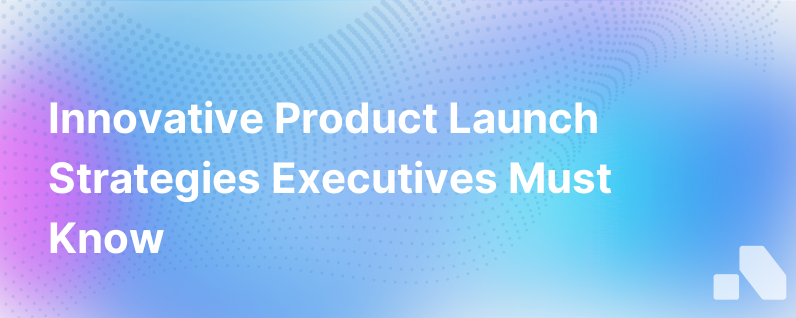Product Announcement Hints
Published on October 2, 2023 by David Zhang
Few things are as exciting for a product team as the day they get to announce their new product to the world. After months of hard work and anticipation, the day finally arrives. However, with all the excitement comes apprehension. Will the product catch on? Will the market understand its value? Will the launch generate enough buzz?
A significant part of the answer to these questions lies in how effectively the product announcement is executed. A well-crafted, strategic product announcement can generate excitement, drive customer engagement, and start a positive buzz around your new offering. This article will walk you through some actionable hints to maximize the impact of your product announcement.
Start with a Strategic Plan
An effective product announcement is more than just a single event or press release. Instead, it's a carefully planned and executed campaign.
Start by analyzing your target market. Who would be interested in this product? What problems does it solve for them? What are their pain points and needs? Then, plan your messaging around this understanding.
The timing of your announcement also matters. Choose a time when your target audience is most likely to engage with your communication – not when they're likely to be too busy or distracted.
Include pre-launch, launch, and post-launch strategies. Teasers and sneak peeks can generate intrigue pre-launch. For the post-launch phase, consider customer testimonials, product demonstrations, webinars, or case studies to keep the momentum going.
Craft a Compelling Story
Every great product announcement tells a compelling story. It's not just about what the product does, but why it matters.
Start by introducing the problem your product solves. If possible, present real-world examples. Make your audience feel the problem - the bigger they perceive the problem, the more valuable your solution will seem.
Then, present your product as the solution. Highlight the product's unique features and benefits – but always connect them back to your audience's needs and problems. Finally, paint a picture of a world with your product in it.
Leverage Multiple Channels
Reach out to your audience where they are. That could mean via email, social media, blog posts, webinars, press releases, or even a launch event.
Don't just syndicate the same message across different channels, though - tailor your communication to each platform's features, constraints, and audience expectations. What works on LinkedIn might not work on Instagram.
Coordinate messages across channels so the product announcement feels like a multi-faceted, coherent campaign, rather than a series of disconnected posts.
Offer Exclusivity
Almost everyone loves to feel special. An effective way of instigating interest in your product could be through an exclusive offer.
Invite your customers to sign up for early access, or reward them with bonus features if they pre-order. Limited time offers can also create a sense of urgency.
This tactic not only rewards loyal customers but also gives you an opportunity to gather customer testimonials and feedback before the general release.
Build Anticipation
The launch starts before the actual launch day. Pre-launch activities should aim to build interest and anticipation.
Tease your audience with glimpses of what's to come - cryptic social media posts, sneak peeks, or teaser trailers are examples. The key is to stir curiosity without revealing too much.
Amplify through Influencers
Partnering with influencers who have the trust and attention of your target audience can significantly amplify your reach and credibility.
Such partnerships could involve influencers trying your product and sharing their experience, organizing joint webinars, or hosting social media takeovers.
Choose influencers who are a good fit in terms of audience, credibility, and style. Remember, the goal isn't just to reach more people - it's to reach more people who are likely to be interested in your product.
Track, Analyze, Adapt
Finally, be data-driven. Use web analytics, social media metrics, and content engagement metrics to measure the success of your product announcement.
Did certain channels drive more traffic or engagement than others? Was there a particular element of your messaging that resonated particularly well? Use these insights to refine and optimize your ongoing and future product announcements.
Conclusion
When done well, a product announcement can generate excitement, increase brand awareness, and drive sales. However, a product announcement's success lies in strategic planning, audience understanding, compelling storytelling, and thoughtful execution. Tools like Aomni can make understanding your target market and planning your product announcement more manageable, ensuring your new product gets the introduction it deserves.